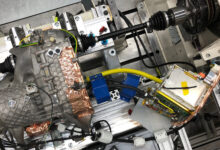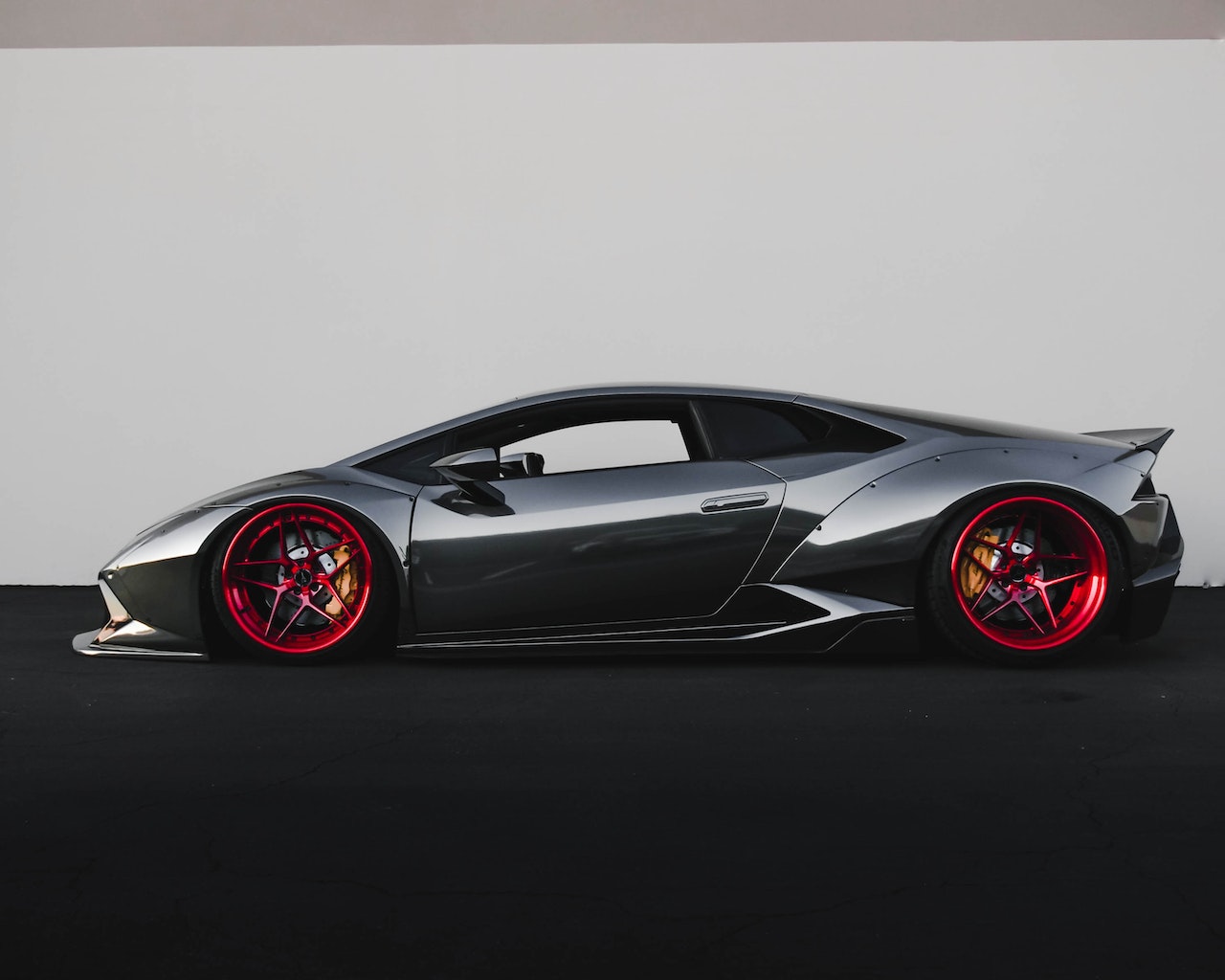The Future of Parts: 3D Printing and Cutting-Edge Technology in Porsche’s World

Introduction
In the ever-evolving landscape of automotive innovation, Porsche has consistently stood at the forefront of technological advancements. The German automaker has a rich history of pushing the boundaries of design, performance, and engineering. As we step into a new era of manufacturing, 3D printing emerges as a game-changer, and Porsche is quick to embrace this cutting-edge technology to revolutionize the way automotive parts are produced.
The Rise of 3D Printing in Manufacturing
Traditional manufacturing processes involve casting, molding, and machining, which can be time-consuming and costly. 3D printing, also known as additive manufacturing, offers a paradigm shift by constructing objects layer by layer from digital models. This method not only accelerates the production process but also allows for intricate and customized designs that were previously unimaginable.
Porsche’s Exploration of 3D Printing
Porsche has been an early adopter of 3D printing technology, recognizing its potential to enhance efficiency, reduce waste, and enable innovative designs. The company has strategically implemented 3D printing in various aspects of its manufacturing process, from prototyping to producing end-use parts for their high-performance vehicles.
Prototyping and Design Optimization
One of the key advantages of 3D printing is its ability to rapidly create prototypes. Porsche engineers leverage this technology to iterate and refine designs quickly, significantly reducing the time required for the development phase. This iterative process allows for the optimization of parts, leading to improved performance and efficiency in their vehicles.
Customization and Personalization
Porsche has always prided itself on offering a personalized driving experience. With 3D printing, the company can now produce customized parts tailored to individual preferences. Whether it’s interior components, aerodynamic elements, or even bespoke accessories, customers can now have a hand in shaping the aesthetics and functionality of their Porsche vehicles. For Porsche enthusiasts looking to explore the world of customization further or to find precision-engineered parts and accessories for their vehicles, you can visit Pelican Parts, where a wide array of options awaits to fulfill your specific needs and preferences.
Reducing Environmental Impact
As sustainability becomes an increasingly important factor in manufacturing, 3D printing aligns with Porsche’s commitment to reducing its environmental footprint. This technology minimizes material waste compared to traditional manufacturing methods, as it only uses the necessary amount of material for each layer. Additionally, 3D printing allows for the use of recycled materials, further contributing to a greener production process.
Challenges and Future Developments
While 3D printing has shown remarkable promise, it is not without its challenges. Issues such as material limitations, production speed, and cost-effectiveness are areas that Porsche and other automotive manufacturers are actively addressing. As technology advances, these challenges are likely to be overcome, paving the way for even more widespread adoption of 3D printing in the automotive industry.
Conclusion
Porsche’s embrace of 3D printing represents a bold step into the future of manufacturing. By leveraging cutting-edge technology, the company is not only streamlining its production processes but also offering unparalleled customization options for its discerning customers. As 3D printing continues to evolve, we can expect to see even more groundbreaking innovations from Porsche, reinforcing its position as a pioneer in the automotive industry. The marriage of precision engineering and additive manufacturing is shaping the future of parts in the world of Porsche, promising an era of unprecedented possibilities for both the manufacturer and its enthusiasts.




